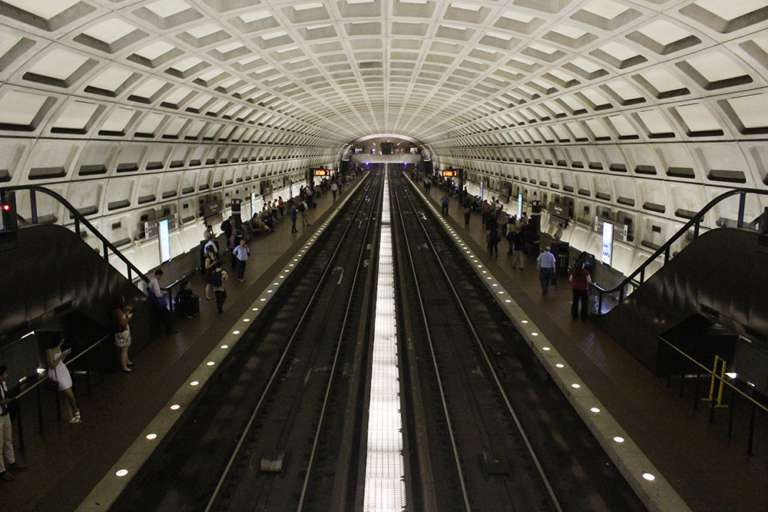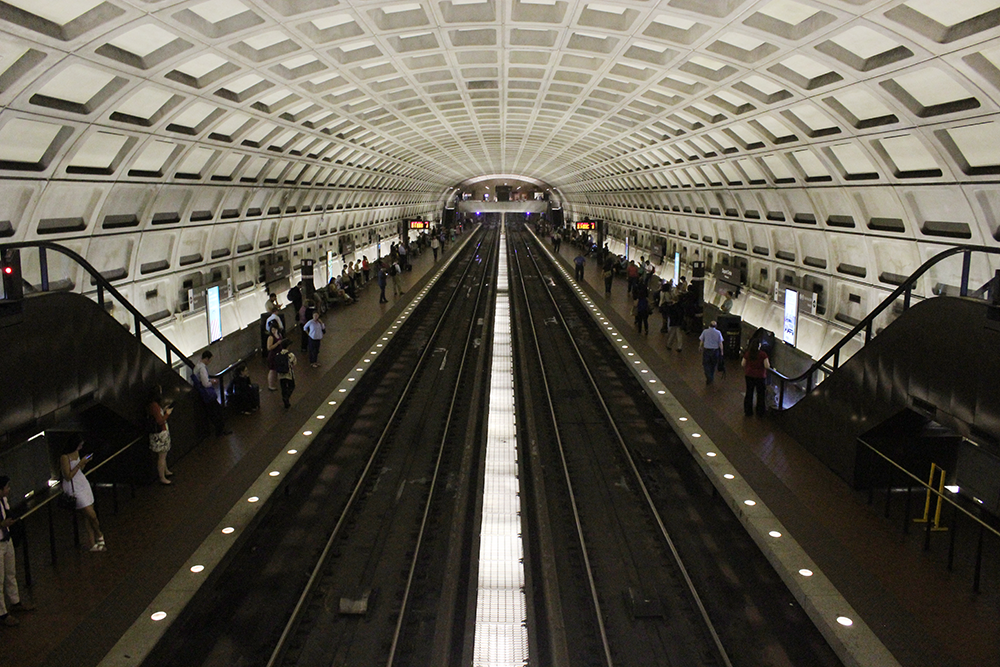A new fare payment app that would allow Washington Metropolitan Area Transit Authority riders to pay using smartphones is planned to launch next year, WMATA announced April 10.
The app, designed to serve as a virtual alternative to the SmarTrip cards currently required to pay fare, would enable passengers to tap their smartphones to pass through fare gates, according to the April 10 news release.
The mobile fare payment platform would minimize costs for Metro and save time for riders, according to WMATA General Manager and CEO Paul Wiedefeld.
“Mobile fare payment is the future of transit, giving customers the ability simply to tap their phone and go, all without stopping at a fare vending machine or using a separate card,” Wiedefeld said in the news release. “Not only will this be a better, easier experience, but will cost less to operate.”
Through the app, users would be able to check fares, obtain real-time service information and add money to their SmarTrip accounts. Riders can also set their balance to reload automatically.

Sean Hampton (COL ’20), a regular Metro rider, takes the Orange, Blue and Silver lines from Rosslyn to Capital South and back three times a week for an internship. He said the ability to view his card balance on the app would ease his commute.
“I think the most helpful feature would be the ability to check how much is on your card in somewhere that’s not the station,” Hampton said. “There have been times where I’ve been in a rush, and I get up to the stall, and I find out I only have $1.”
The new program addresses some of the complications that caused a similar pilot program for mobile fare payment to fail two years ago, according WMATA Manager of Media Relations Sherri Ly.
“[The new program] builds upon the existing SmarTrip platform, rather than a wholesale change to an open payment system,” Ly wrote in an email to The Hoya. “The technology, approach and solution is different, the mobile fare payment system leverages the existing infrastructure and does not require modification of hardware.”
The app attempts to improve on the service of existing fare vending machines, which are often inconsistent, Hampton said.
“Sometimes I’ll be trying to catch the [Georgetown University Transportation Shuttle] bus that comes back from Rosslyn, and then I find out I have to go put in exit fare, which is not that easy to do,” Hampton said. “Often, the machines that take cards don’t work and you have to use cash, and I don’t always have one or two dollar bills on me.”
The app is part of WMATA’s ongoing initiative to improve its fare collection program, which includes upgrading existing fareboxes, faregates and fare vending machines, according to the April 10 news release. The initiative is set to be completed by the end of 2019, and the new models of equipment, which would be replacing 15-year-old machines, are set to be installed by 2020.
The app attempts to save money in the long run, as WMATA would be able to limit the number of vending machines needed in stations for riders.
“By accepting mobile payments, we can reduce the number of vending machines in stations, which will save several millions of dollars annually and more than offset the cost of mobile implementation,” Ly wrote.
Hampton noted having both platforms would allow for protection in the case of a technical malfunction.
“We’ve seen the entire Wi-Fi at Georgetown go out for a day,” Hampton said. “I have no doubt in my mind that the D.C. Metro can have some sort of technical failure, and I can only imagine the kind of trouble that they’d have in the city if all of sudden everyone was unable to use their Metro app.”
Despite potential technical challenges, Greg Garback, executive officer of WMATA’s finance department, said he trusts the app’s technology, noting it will make metro riding more efficient.
“It’s remarkably elegant in its simplicity,” Garback said in an interview with The Washington Post.





















